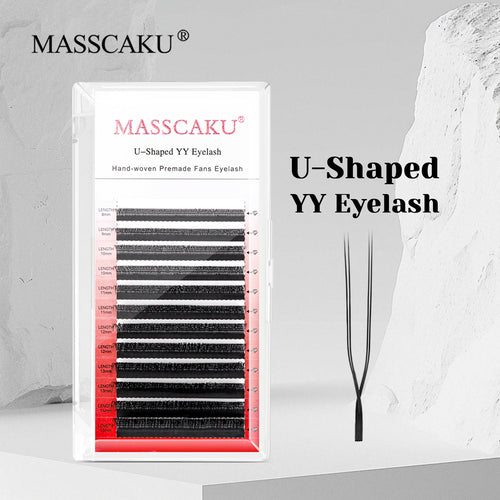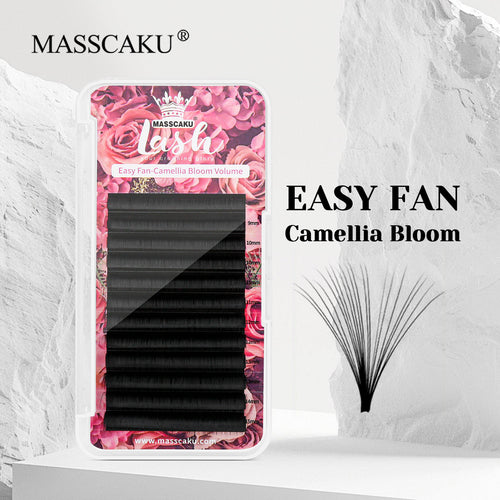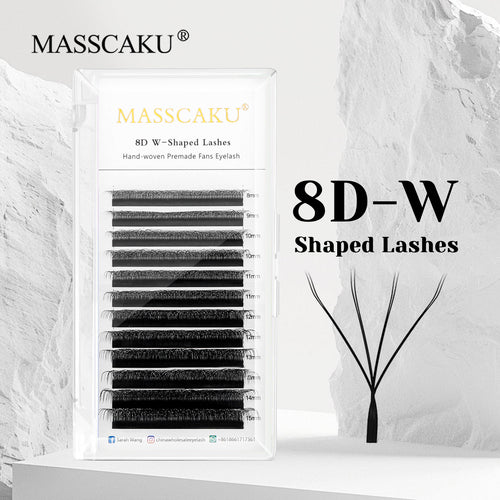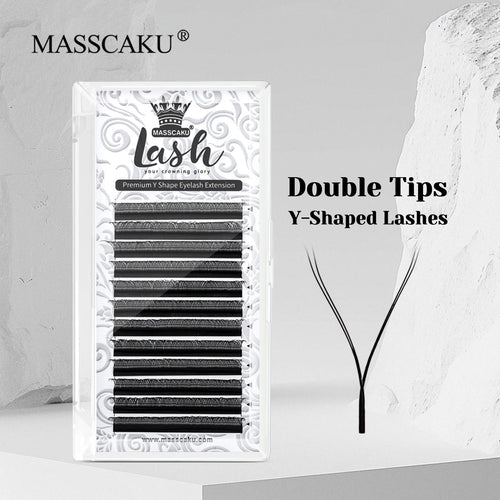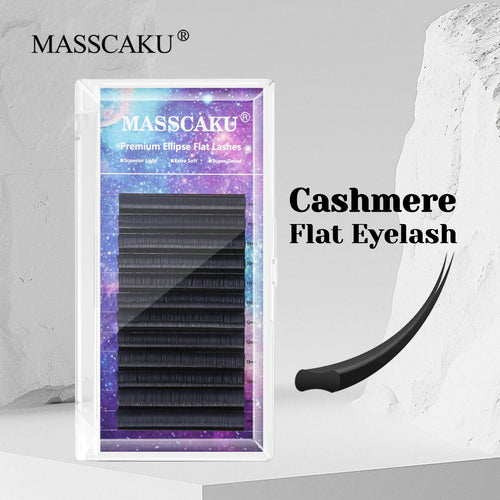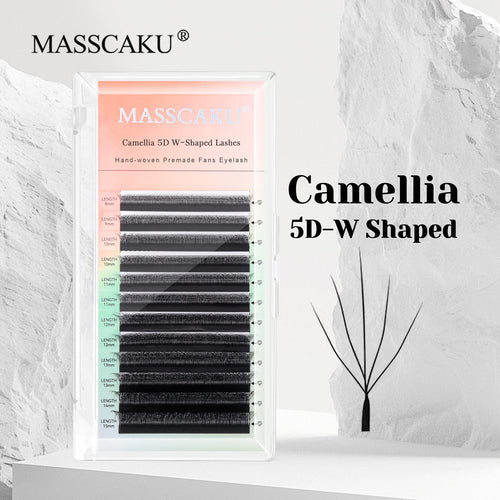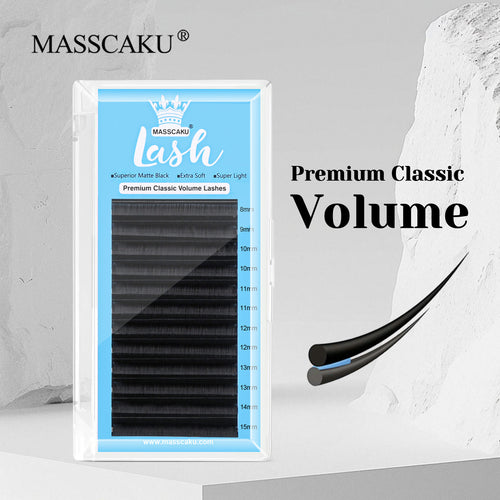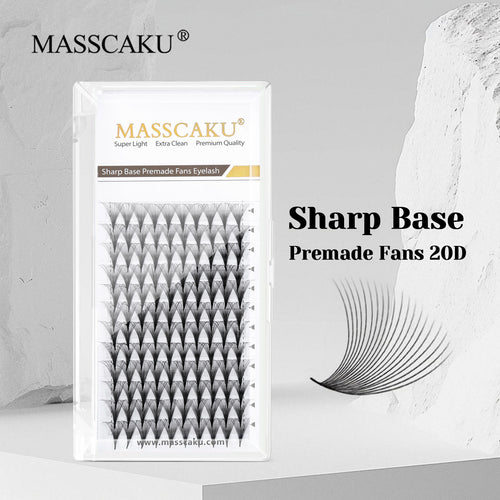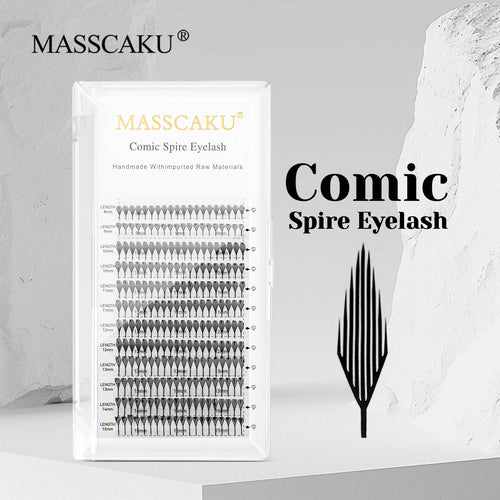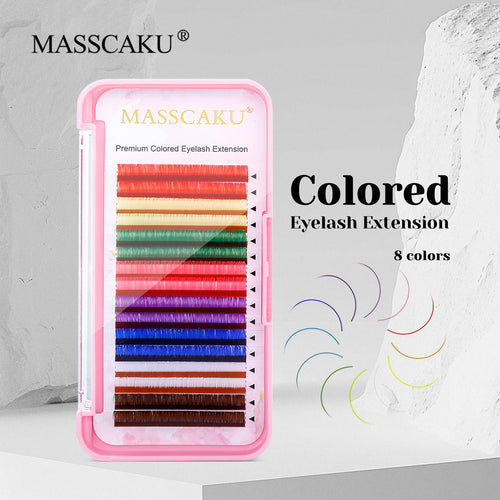In the world of lash extensions, the choice of glue plays a crucial role in the safety and comfort of your clients. One of the most common concerns in the lash industry is whether latex-based or latex-free glues are safer to use. While both types of adhesives serve the same primary function—bonding lash extensions to natural lashes—they differ in their chemical composition and potential for causing allergic reactions or sensitivities.
In this blog, we’ll explore the differences between latex and latex-free lash glues and help you decide which option is safer for your clients.
1. What Is Latex Glue?
Latex glue, as the name suggests, contains natural latex rubber, which provides the adhesive with a strong and flexible bond. Latex is commonly found in many adhesives due to its ability to create a long-lasting bond and its flexibility, making it ideal for lashes that need to stay intact for weeks.
Composition: Latex glue contains latex proteins, which are responsible for its stickiness and durability.
Common Uses: Aside from lash glues, latex is used in a variety of applications, such as medical adhesives, theatrical makeup, and even some types of fabric glue.
2. What Is Latex-Free Glue?
Latex-free lash glue, on the other hand, is formulated without any natural rubber latex. Instead, it typically contains synthetic adhesives such as cyanoacrylate, which provide strong bonding without the use of latex. These glues are especially important for individuals who have a known sensitivity or allergy to latex.
Composition: Latex-free glues use synthetic resins and other non-latex-based chemicals to form the adhesive.
Common Uses: This type of glue is frequently used in environments where latex allergies are a concern, such as in healthcare and beauty industries.
3. Potential Risks of Latex Glue
While latex glue can work well for lash applications, it does come with its own set of potential risks, particularly for clients who have latex allergies or sensitivities.
Allergic Reactions: Latex allergies are common, and individuals who are allergic to latex can experience a range of symptoms, from mild irritation to severe reactions like swelling, redness, or even anaphylaxis in extreme cases.
Skin Irritation: Even if a client is not fully allergic to latex, they might experience mild skin irritation, especially around the eyes. This can cause itching, redness, and discomfort, making the lash extension experience less enjoyable.
Delayed Reactions: Sometimes, allergic reactions to latex-based products don’t show up immediately, which means clients might not be aware that they have a sensitivity to latex until after the application.
Given the potential for allergic reactions, latex glue may not be the safest option for clients with sensitive skin or those who have experienced allergies to other latex-containing products in the past.
4. Benefits of Latex-Free Glue
Latex-free glue has gained popularity in the lash industry due to its safety and versatility, especially for those with latex sensitivities.
Allergy-Friendly: As the name suggests, latex-free glue does not contain latex, making it a safer choice for clients with known latex allergies or sensitivities.
Gentle on Sensitive Skin: Many latex-free glues are formulated with gentler ingredients that are less likely to irritate the skin. This is particularly beneficial for clients who have delicate or sensitive skin around their eyes.
Reduced Risk of Reaction: Latex-free glue is less likely to cause irritation or allergic reactions in clients, which can result in a more comfortable and safe lash extension experience.
5. Which Is Safer?
When it comes to safety, latex-free glue is generally considered the safer option for most clients, especially those with sensitive skin or a history of allergic reactions. Latex allergies can range from mild to severe, and using latex-based adhesives can pose a risk for these individuals.
However, latex-free glue is not completely free from the potential for irritation or allergic reactions. Some synthetic adhesives, such as cyanoacrylate, can also cause reactions in people with sensitive skin, though these reactions are typically less common than those caused by latex.
Here’s a quick comparison:
| Factor | Latex Glue | Latex-Free Glue |
|---|---|---|
| Allergy Risk | High (due to latex protein) | Low (no latex content) |
| Skin Irritation | Moderate (due to latex content) | Low (gentler on skin) |
| Bonding Strength | Strong, flexible bond | Strong, often slightly less flexible |
| Best For | Clients with no latex allergy | Clients with latex sensitivity or allergies |
6. When to Choose Latex-Free Glue
While latex-free glue is generally the safer choice, there are certain situations where it is especially necessary:
Clients with Latex Allergies: If your client has a known latex allergy, latex-free glue should always be used to avoid allergic reactions.
Sensitive Skin: If your client has particularly sensitive skin or eyes, latex-free glue is gentler and less likely to cause irritation.
Aftercare Sensitivity: Clients who are prone to eye irritation or have had a previous reaction to lash glue should consider using latex-free glue for added peace of mind.
7. How to Choose the Right Glue for Your Clients
As a lash artist, it’s essential to understand your clients' needs and sensitivities before selecting an adhesive. Here are a few tips to help you choose the right glue:
Consult with Your Clients: Always ask your clients about their skin sensitivities or allergies before applying lash extensions. If they’ve had reactions to latex or other beauty products, it’s best to choose a latex-free glue.
Test New Products: If you’re switching to a new adhesive, make sure to patch-test the glue to ensure that it’s safe for your clients.
Read the Ingredients: Make sure to check the ingredients of your lash glue to ensure it doesn’t contain latex if you’re working with sensitive clients.

